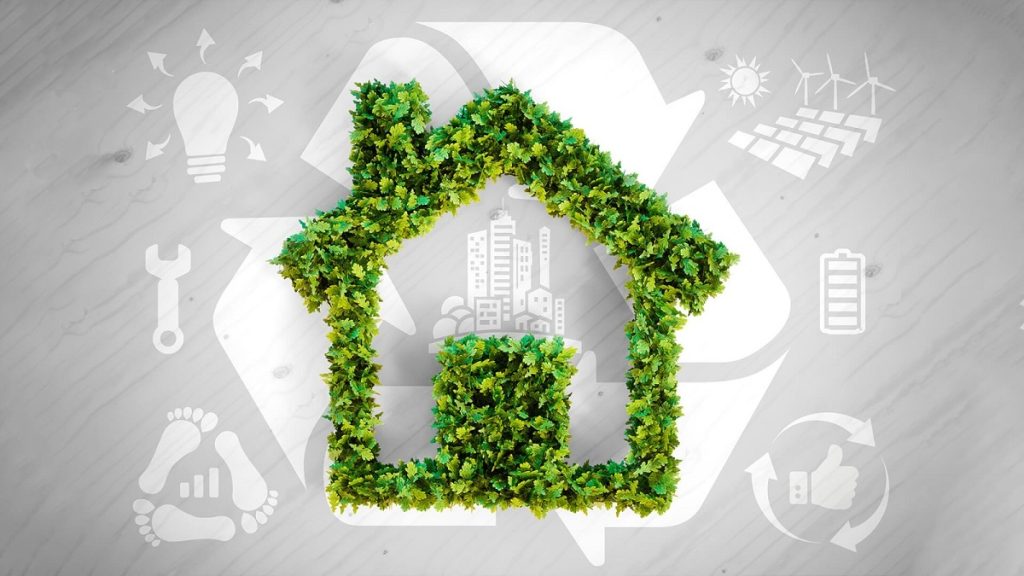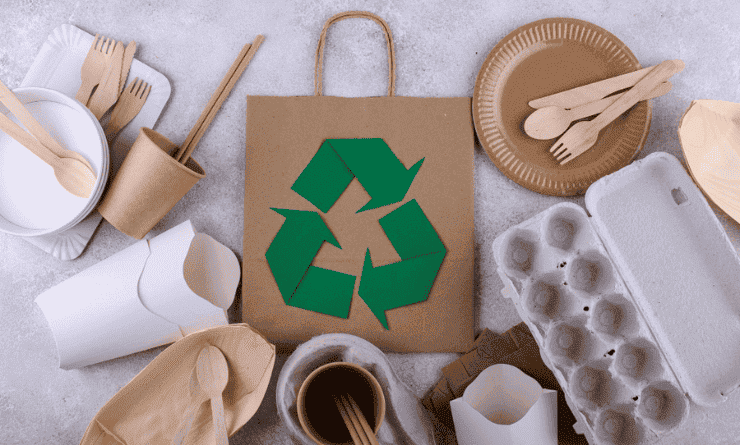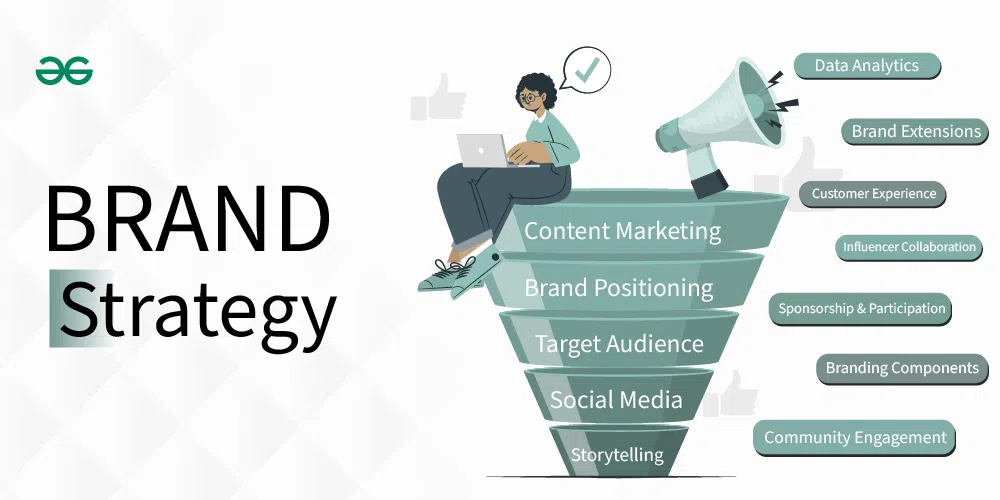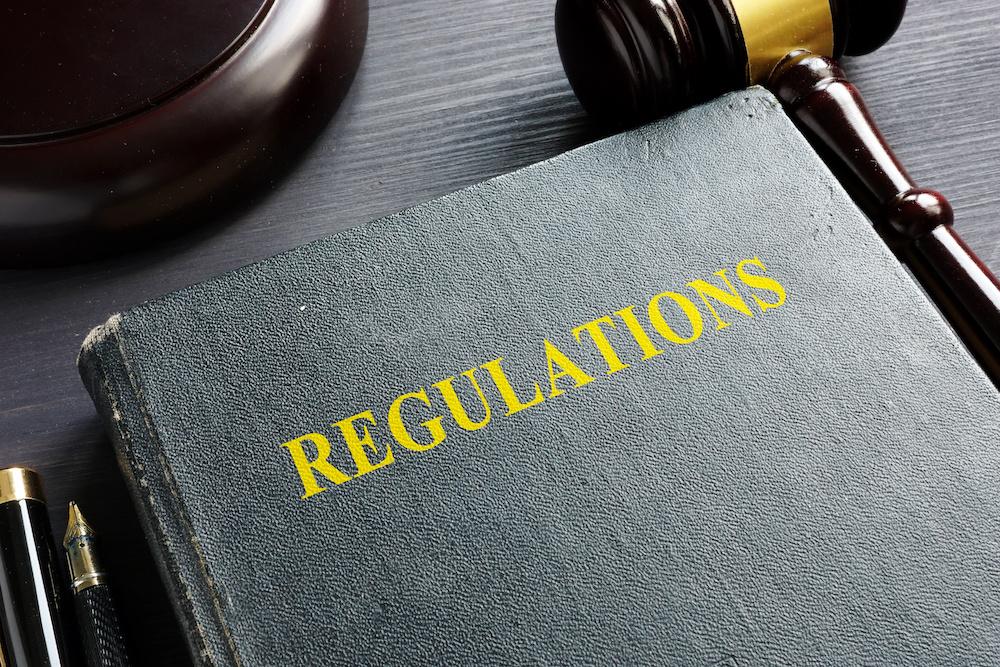
Luxury is no longer just about price—it’s about purpose.
In markets like Europe, Japan, and North America, a new kind of luxury is rising: eco-luxury. Think minimalist packaging, handcrafted quality, natural materials, ethical sourcing—all wrapped in a story that feels human.
For local brands, this is a massive opportunity. With the right positioning, your sustainable product can become a status symbol abroad.
🌿 What Is Eco-Luxury?
Eco-luxury is the intersection of:
- 🌱 Sustainability
- ✨ Craftsmanship
- 🌍 Cultural authenticity
- 💬 Story-driven branding
Global consumers now want:
- Products that reflect conscious living
- Items that feel exclusive, not mass-produced
- Goods with a story—not just a barcode
👜 Examples of Local Eco-Luxury Products
| Product | Eco-Luxury Hook |
|---|---|
| Handwoven bags | Artisanal, biodegradable, timeless style |
| Organic coconut oil | Multipurpose, ethically sourced beauty |
| Herbal skincare balms | Ancestral knowledge meets clean beauty |
| Natural-dyed batik apparel | Fashion with zero synthetic chemicals |
| Bamboo tableware sets | Elegant dining, zero plastic |
These aren’t just items—they’re lifestyle statements.
💎 1. Elevate the Craft, Tell the Story
- Focus on how the product is made: handwoven, handpicked, slow-processed
- Spotlight the artisans or farmers behind it
- Use phrases like:
- “Crafted in small batches”
- “Tradition meets refinement”
- “Rooted in heritage, designed for now”
♻️ 2. Highlight Eco Credentials Without Greenwashing
Be transparent, not overclaiming:
- Use certifications if available (e.g. organic, fair trade, FSC, biodegradable)
- Explain material choices (e.g. “Naturally dyed using indigo leaves”)
- Show real photos of production—not just marketing mockups
Global buyers appreciate honesty over hype.
🧳 3. Package Like a Premium Brand
Eco-luxury ≠ plain or cheap. It’s simple, elegant, and thoughtful.
- Use recyclable or reusable packaging
- Add handwritten tags or artisan bios
- Opt for muted tones, minimalist fonts, and soft textures
Think: Muji x Indigenous. Less waste, more warmth.
📍 4. Position Your Brand in the Right Spaces
You’ll find eco-luxury buyers in:
- Boutique hotels, spas, and concept stores
- Curated online platforms like Etsy, Wolf & Badger, or The Ethical Silk Company
- Pop-up stores at design fairs, wellness festivals, or cultural expos
Instead of supermarkets, aim for curated retail or conscious lifestyle marketplaces.
📣 5. Market the Feeling, Not Just the Function
Luxury buyers want to feel:
- Exclusive
- Ethical
- Connected to nature or culture
- Ahead of the trend
So sell the feeling, not just the specs:
“This scarf keeps you warm and supports a rainforest village.”
“This oil is pure enough for your skin—and powerful enough to preserve a tradition.”
Conclusion
Eco-luxury is not just a trend—it’s a movement. And your local brand has everything it needs to lead it: purpose, culture, craft, and care.
By embracing eco-luxury, you’re not just going global.
You’re redefining what the world calls premium. 🌿🌎



